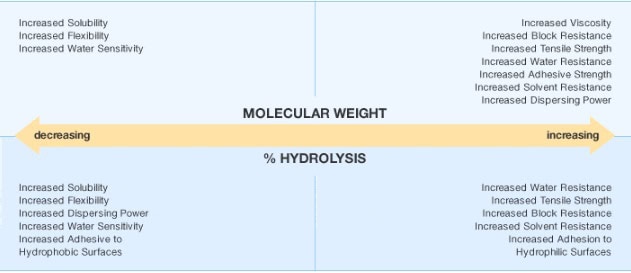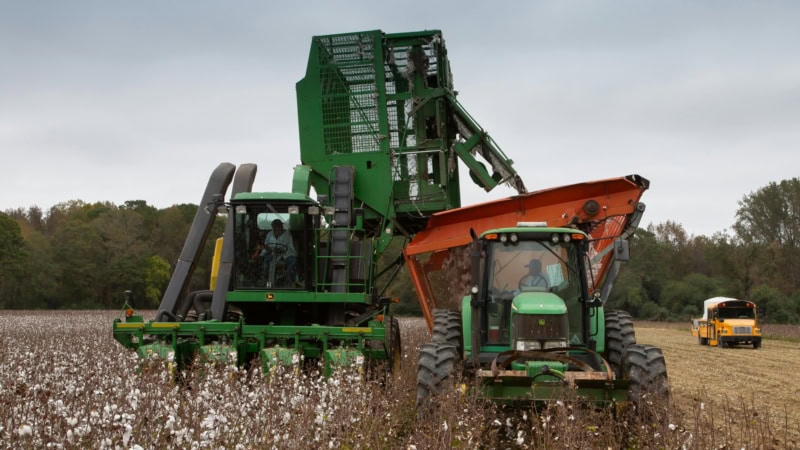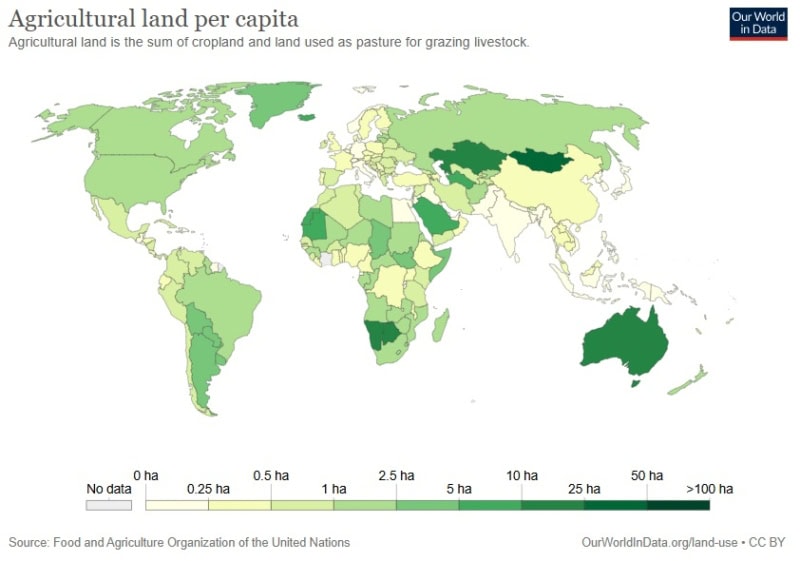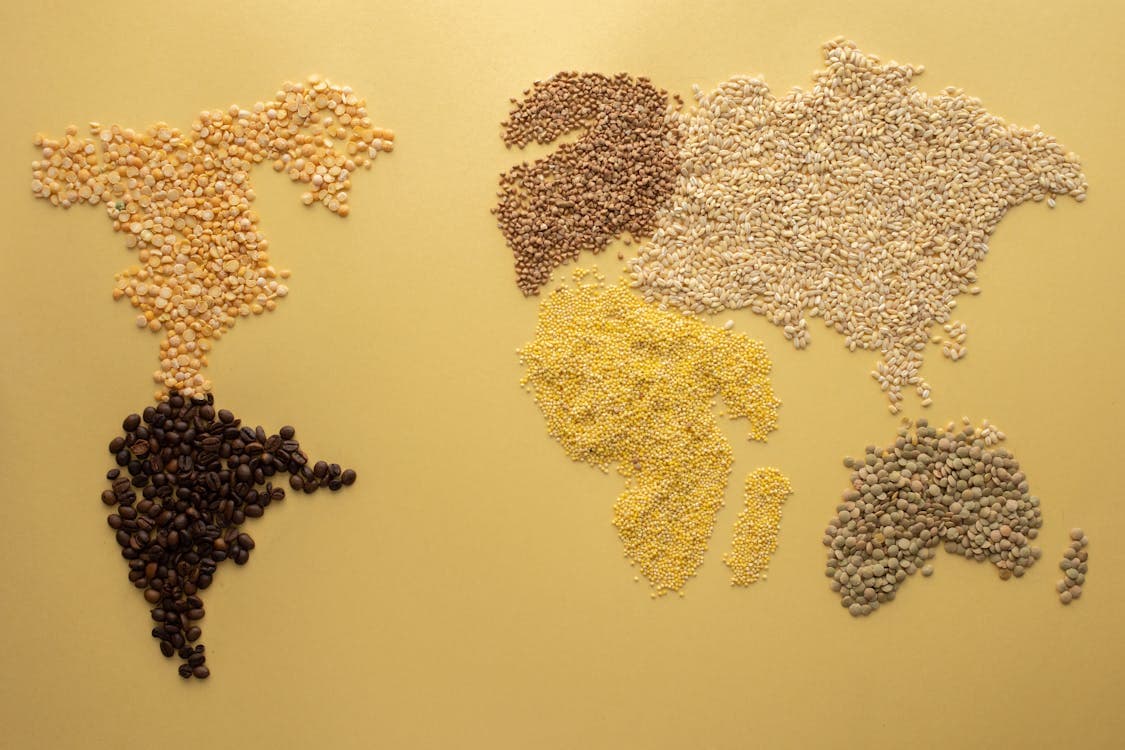Manufacturers use Selvol™ polyvinyl alcohol (PVOH) from SEKISUI Specialty Chemicals in high-performance seed coating formulas and other agricultural applications. PVOH is a water-soluble synthetic polymer that strengthens seed coats, supports seed storage and delays germination until conditions are ideal.
Different Selvol grades and solution viscosities support tailored seed coating processes based on yield goals, climate and equipment.

Cold-Climate Seed Germination Challenges in Agriculture
In colder regions like the U.S. Upper Midwest, the crop growing season is much shorter than in temperate areas. Morning frost is common well into May.
Seeds that germinate too early during this time often perish due to late freezes. Autumn frosts, sometimes arriving by mid-August, further compress the season. For crops to reach maturity, seeds must germinate at the optimum time.
In regions with unpredictable spring conditions, delayed germination supports seed storage and helps prevent premature sprouting during early planting windows.
Seed coating formulas help achieve that control by delaying water uptake and germination. One trusted, versatile choice is Selvol PVOH.

Selvol PVOH’s characteristics change as its degree of hydrolysis and molecular weight change.
Selvol PVOH Seed Coating for Higher Crop Viability
Selvol PVOH used in seed coating formulations improves crop viability and yield. The coating delays germination until the soil reaches its ideal temperature and moisture content, then ruptures upon germination. This maximizes the chance that the seed survives to produce a mature plant.
Adjusting the Selvol seed coating’s hydrolysis level can protect a seed until the soil meets a specific moisture range. A thinner coating also serves as a binder for fertilizers, fungicides or other yield-enhancing materials.

Farmers harvest cotton, a crop commonly coated with Selvol PVOH for improved seed viability. (Pexels)
Selvol PVOH Seed Coating for Varied Climates
Selvol PVOH is equally useful as a seed coating in hot, arid climates because the coating maintains its integrity until the moisture content is high enough to induce germination.
A great example of Selvol seed coatings in warmer climates is the cotton seed. Cotton seeds only germinate above 60 degrees Fahrenheit or 16 degrees Celsius. They require sufficient moisture to wet the root system but also need time to dry over a 4- to 15-day germination process. Manufacturers use Selvol PVOH to coat cotton seeds, providing flexibility in sowing schedules and supporting optimal germination timing.
After drying, the Selvol layer forms uniform seed coats that reduce clumping and improve planting performance. A Selvol seed coating also smoothes lint and prevents seed entanglement, reducing the need for mechanical delinting or acid delinting and increasing culled seeds.
Many different grades of Selvol PVOH are suitable as seed coatings or as part of a seed coating formulation. The most common grades are the partially hydrolyzed grades: Selvol 203, 205, 523 and 540. Customers typically use a 4% to 10% Selvol solution, depending on their seed coating formula, coating method and desired film thickness.
Further Selvol Seed Coating Advantages
Selvol PVOH functions as both a film-forming agent and binder in seed coating formulations, offering advantages over other agricultural polymers.
Crops that benefit from Selvol PVOH seed coating include the following:
- Grains. Barley, corn, flax
- Oilseeds. Rapeseed, sunflower
- Vegetables. Beet, tomato
- Fiber crops. Cotton, hemp
Field studies in the Canadian prairie provinces found over 80% emergence in coated corn seeds versus 0% in uncoated seeds. Another study found PVOH to be a superior binder for a variety of organic matter compared to many other water-soluble polymers, such as PVP and high molecular weight PEG.
Selvol PVOH is generally available in resin form, ready for customers to solubilize into a solution. Selvol PVOH is also available in a ready-to-use form for customers with limited equipment. SEKISUI’s Houston Technology Center supports premier development for diverse seed coating formulas and agricultural environments worldwide.

This map highlights per-capita agricultural land availability, reinforcing the importance of seed survival and yield maximization in every climate zone. (Wikimedia Commons)
How Selvol PVOH Seed Coatings Support Viability and Yield
Selvol PVOH seed coating formulations improve crop viability and yield through several key mechanisms:
- Delay germination until optimal soil temperature and moisture conditions are met.
- Bind fertilizers to support controlled nutrient dosing.
- Improve seed handling in mechanical planting systems through a smooth, nonsticky coating.
- Reduce post-harvest processing due to fewer clumped or damaged seeds.
- Offer hundreds of hydrolysis, viscosity and copolymer combinations for tailored application performance.
These features make Selvol a dependable solution for coating seed across climates, crop types and equipment setups.
Download the seed coating starter recipe to learn more about recommended grades and the coating process.
Contact SEKISUI Specialty Chemicals for Selvol PVOH
SEKISUI Specialty Chemicals is a specialty chemicals provider focused on innovative solutions. The company is committed to sustainability and environmental stewardship as well as premium-quality products.
Contact SEKISUI to discuss Selvol PVOH options for seed coating formulations customized to growing environments and processing equipment. Request samples today.
Reach the SEKISUI tech team for expert counsel on the best Selvol PVOH grade for specific seed coating needs.
Read the Selvol PVOH product brochure for in-depth information.
Map of the U.S. Upper Midwest via Pexels; featured image via Pexels

